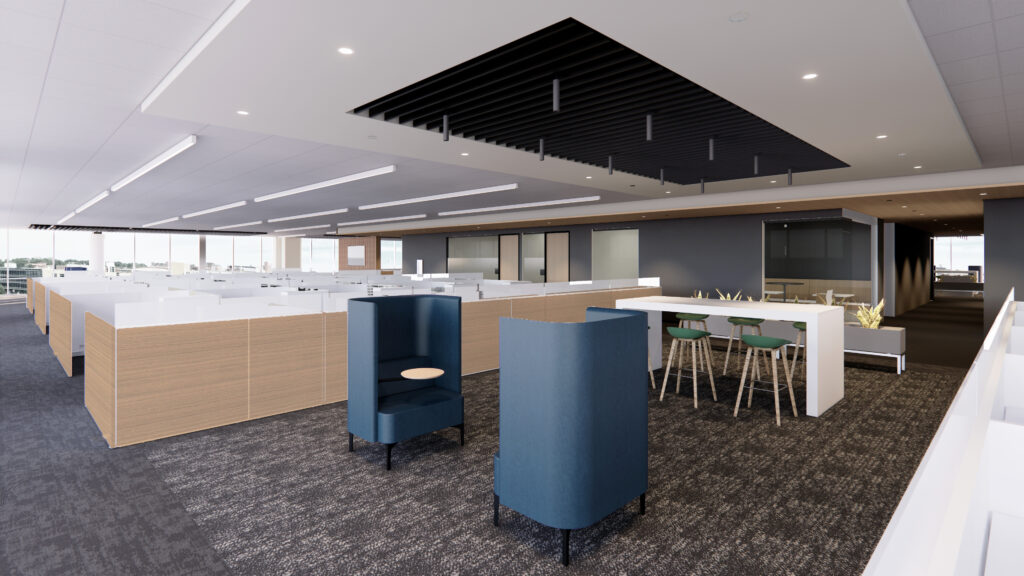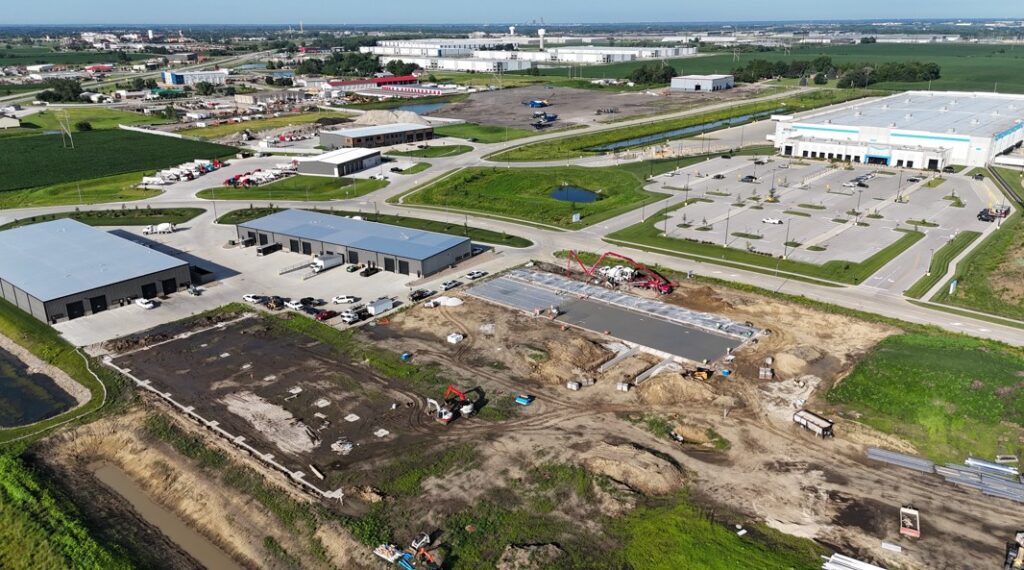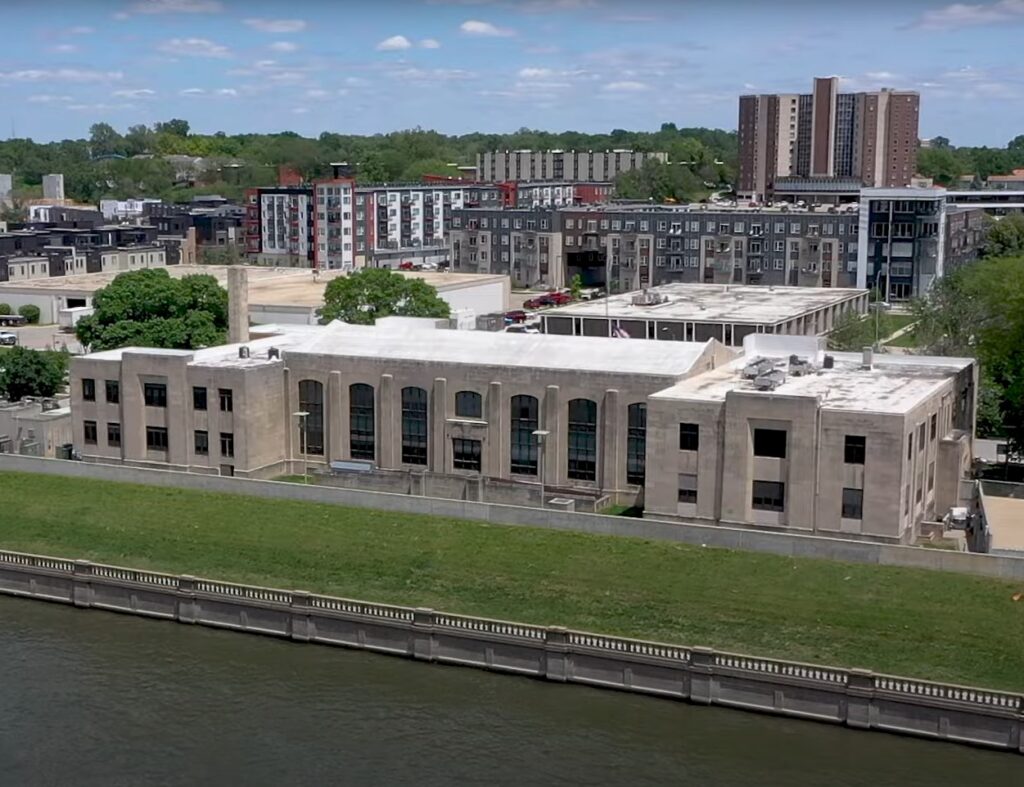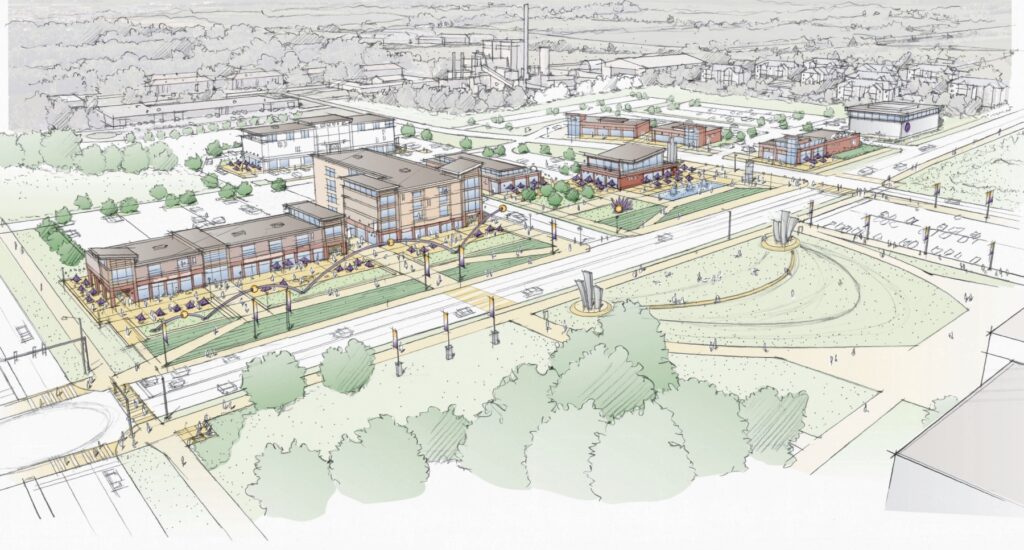2013 Year in Preview: Real Estate & Development


In 2013, “Des Moines will remain primarily a conservative, stable market for construction, development and owning commercial real estate.”
The words are those of Bill Wright, a senior vice president at Terrus Real Estate Group LLC, but they could be delivered by virtually any commercial real estate professional in describing the Greater Des Moines market.
It is clear to Wright and others that the area is slowly emerging from the financial crisis. Slow and steady is the way Tom DeWaay, a broker with NAI Ruhl & Ruhl Commercial Co., forecast growth through next year.
With few exceptions, the Greater Des Moines market has represented stability for investors. Not a lot of huge returns, not a lot of huge losses.

“One of the biggest challenges in the retail commercial real estate market next year will be achieving positive absorption in the unanchored neighborhood retail strip centers,” Wright said. “Before the recession loomed in 2008 and subsequent years thereafter, developers constructed a number of neighborhood strip retail centers, and many of these centers still have substantial vacancy today.
“We really have a dichotomy in our retail market as attractive Class ‘A’ locations are primarily full and garner excellent rent, but less attractive Class ‘B’ or ‘C’ locations can be characterized by a high level of vacancy and stable to declining rents. This is one of the reasons that banks are hesitant today to lend money on newly constructed retail shopping centers unless there is an extraordinary amount of pre-leasing that has taken place.”
Brokers are encouraged by a boost in leasing activity, but they also point out that much of that demand has been from smaller users looking for spaces in the range of 5,000 square feet.
“There do not seem to be as many ‘large’ users in the marketplace,” Wright said. “This issue was successfully addressed in downtown Des Moines as many of the older Class ‘B’ or ‘C’ buildings have been converted to multifamily use. The result was a substantial decline in the (office) vacancy rate in downtown Des Moines. Unfortunately, that opportunity will not exist with single-story office product located in the western suburbs.”
The Downtown Community Alliance said in mid-December that office vacancies declined 38 percent over the year due to the disappearance of older office space at locations such as the Equitable Building, whose owners plan a conversion to residential, office and retail.
Such projects have become common downtown. The area will bristling with activity next year, with work planned to begin on the conversion of the former Younkers building to apartments, and work continuing at the Des Moines and Fleming buildings, to name a few projects.
Wright doesn’t expect to see many speculative projects launched in the new year.
“One natural progression that resulted from the recession was the slowdown in speculative commercial real estate construction in the metro,” he said. “This slowdown has been good in that a number of vacant buildings have been leased or sold. I do not foresee a ‘boom’ again where we will see a flurry of new speculative projects.”











